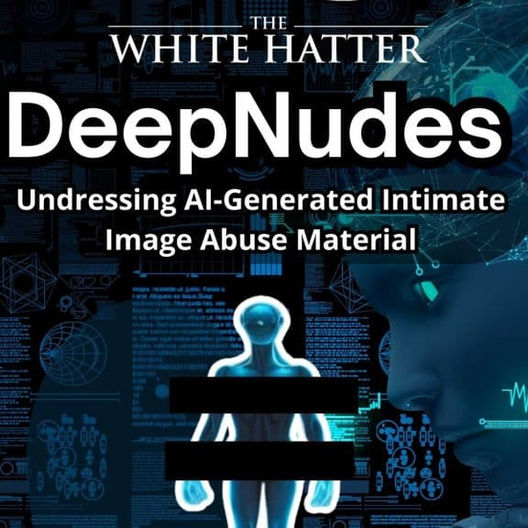Detecting Deepfakes: Update To Previous Articles
- The White Hatter

- Sep 1
- 2 min read

Earlier this year, we highlighted the growing challenges of deepfake technology, from manipulated images and videos to convincing voice cloning. At that time, we shared several techniques for spotting fakes. (1)(2)(3) Although “some” of the suggestions we made are still valid (depending on the technology being used), in just the past few months, artificial intelligence has advanced to the point where many of those earlier “tells” are no longer reliable with the newer AI generators. What once seemed like obvious giveaways, such as irregularities in hands or faces, are now easily corrected by newer models.
This rapid evolution means that parents and educators need to rethink how we talk about truth and trust online. The ability to determine whether something is authentic is no longer just a skill for journalists or investigators, it is becoming a core competency of digital literacy. As an example, the night vision video of bunnies on a trampoline that went viral, but was later confirmed to be AI generated.

As trained open source intelligence (OSINT) practitioners, we follow the work of experts who dedicate their careers to separating fact from fabrication. Professionals in journalism and OSINT are on the front lines of what some now call “AI slop”, the flood of artificially generated material online. Their expertise offers valuable insights for families and classrooms alike.
One resource worth exploring comes from Henk van Ess, a respected trainer who works with reporters around the world. His guide on detecting AI-generated content outlines current strategies and even highlights free tools that anyone can use to help evaluate whether a picture, video, or audio clip is authentic (4)
For those teaching digital literacy, this type of resource can be more than background reading. It can form the basis of classroom projects or family discussions where youth learn to test, question, and verify what they see online. These conversations are vital, not because we can ever guarantee certainty, but because practicing skepticism and verification builds resilience.
Information is only powerful when it is accurate. In an era when deepfakes are becoming increasingly sophisticated, sharing verification skills with young people is one of the best ways to prepare them for a digital future where appearances can no longer be taken at face value.
Digital Food For Thought
The White Hatter
Facts Not Fear, Facts Not Fiction, Enlighten Not Frighten, Know Tech Not No Tech
Reference:














